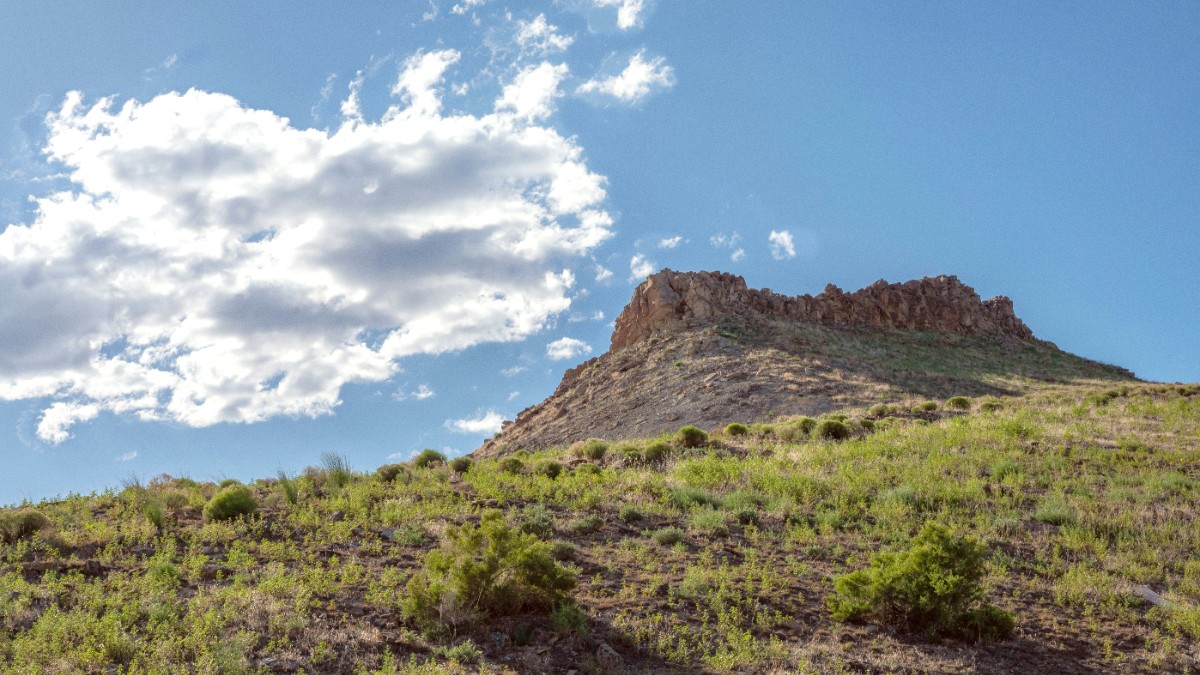
Rocky Mountains, USA
Boise’s culinary scene has traditional American fare, with strong agricultural roots. Idaho is known for its potatoes, trout, and beef, which feature prominently. A strong Basque heritage also flavors the food landscape.
Idaho potatoes are a signature ingredient. Fresh produce from local farms, especially during the growing season, showcases the region's agricultural bounty. Trout, from Idaho's rivers, is a regional specialty. Diverse cuts of beef also feature. Basque cuisine introduces flavors like roasted lamb, chorizos, and pastries. Craft beer and wine from the Snake River Valley AVA are significant.
Boise’s food echoes the wider Idaho focus on hearty, farm-to-table ingredients.
A distinct culinary micro-region, focusing entirely on Basque specialties.
Different neighborhoods have concentrations of specific international cuisines, like Mexican or Asian.
A rich, savory stew, often with tender lamb, peppers, and tomatoes, typically served with rice.
Find this at Basque restaurants like Leku Ona or The Basque Market.
Croquetas are creamy, fried fritters, often with ham or chicken. Chorizo is Basque-style sausage, spicier and leaner.
Croquetas are excellent appetizers. Enjoy Chorizo grilled or in sandwiches.
Solomo is marinated pork loin, often grilled. Pintxos are small, snack-sized dishes, similar to Spanish tapas, served on bread.
Pintxos are popular for casual dining and sampling various flavors.
Basque cuisine is mainly found on the Basque Block, at establishments like Leku Ona and The Basque Market.
Pair local dishes with craft beer from Boise's breweries or wines from the Snake River Valley AVA.
Boise has several upscale restaurants that have refined culinary experiences.
A range of comfortable dining choices, many with a focus on local ingredients.
Affordable and casual options for quick and satisfying meals.
Operates Saturdays from April to October in downtown. Fresh produce, local foods, and prepared meals.
Find local vendors.
Also on Saturdays from April to December in downtown. Has artisan crafts, diverse food vendors, and fresh produce.
Features artisan crafts.
Pasta, pizza, and classic dishes.
Tacos, burritos, and more.
Thai, Vietnamese, Japanese, and other cuisines.
Diverse options reflecting city growth.
Most mid-range and fine dining establishments have experience with dietary restrictions.
Inform your server clearly about your allergies (e.g., "gluten-free," "nut allergy").
Cross-contamination is a possibility in any kitchen, so communicate your needs clearly.
Direct communication with staff is always recommended.
For specific needs, preparing your own meals in accommodations with kitchen facilities or seeking out restaurants with clearly labeled ingredients is a good approach.
Boise’s dining scene has adapted to various dietary needs, making it easier for travelers to find suitable options.
Some local culinary schools or restaurants occasionally have classes focusing on regional Idaho cuisine or international techniques.
Several companies have walking food tours downtown. These tours highlight Basque specialties, local breweries, or artisan food producers.
Opportunities to visit local farms, especially during harvest season. Wineries in the Snake River Valley AVA have tastings and tours.
The Basque Cultural Center regularly has classes, including language instruction, traditional dance, and cooking demonstrations.
Hands-on experience with Basque culture.
Food tours introduce artisan food producers and local eateries, giving culinary insights.
Support local businesses.
This hotel has an unique dining experience within a boutique setting, with inventive cocktails and refined cuisine.
A multi-genre music festival, it also has a wide array of culinary experiences from various food vendors.
A seasonal market where you find fresh produce, local foods, and prepared meals from local vendors.
Exploring Boise's food scene means sampling its signature dishes, which reflect its agricultural bounty and unique cultural influences.